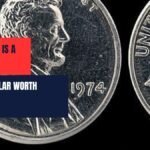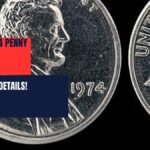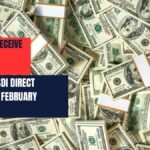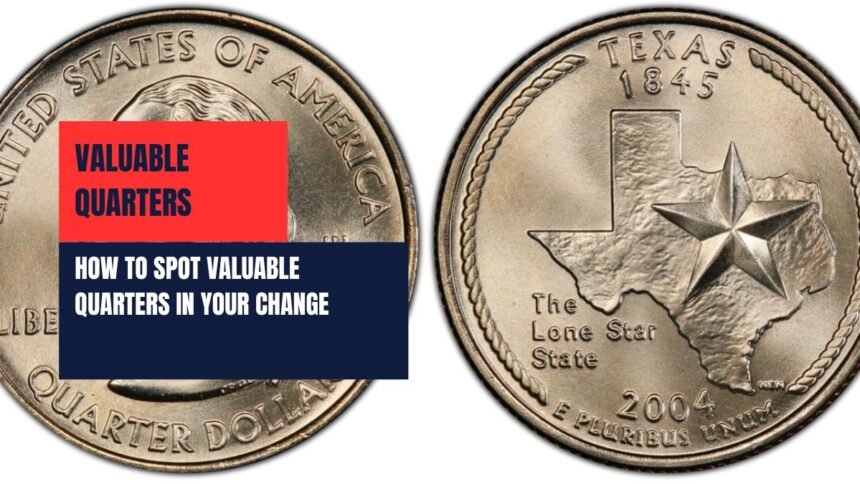For decades, coin collecting has been an intriguing pastime, but did you realize that a few pennies might be worth a fortune? These priceless quarters are worth hundreds or even thousands of dollars because they are more than just change; they are historical artifacts with distinctive tales, misprints, and mint markings.
To make sure you never miss a treasure again, we’ll go over the identification, rarity, and history of precious quarters in this book.
What Makes a Quarter Valuable?
Not all quarters are created equal. The value of a coin depends on several key factors:
- Rarity: Limited production runs or coins that were quickly withdrawn from circulation.
- Condition: The state of preservation plays a huge role. Mint-condition coins are always more valuable.
- Errors: Coins with minting errors (like double-die strikes or missing letters) are highly sought after.
- Historical Significance: Coins that commemorate important events often gain value over time.
The Most Valuable Quarters in U.S. History
1. 1932-D Washington Quarter
- Mint Location: Denver
- Key Features: Extremely low mintage of only 436,800 coins.
- Value: In good condition, this coin can fetch up to $6,000!
2. 1976 Bicentennial Quarter
- Why It’s Valuable: Special design to commemorate the U.S. Bicentennial, featuring a drummer boy.
- Silver Version: Some were minted in 40% silver, making them highly collectible.
3. 1828 Capped Bust Quarter
- Historical Value: A rare early quarter with only 343,000 produced.
- Estimated Worth: Up to $5,000 in mint condition.
4. 2004 Wisconsin Extra Leaf Quarter
- Mint Error: Features an extra leaf on the corn stalk.
- Current Value: Around $1,200 for well-preserved coins.
5. 1916 Standing Liberty Quarter
- Special Feature: The very first year of the Standing Liberty design.
- Value Today: Can sell for $25,000 or more!
How to Identify Valuable Quarters
1. Look for Mint Marks
The coin’s production location is indicated by its mint markings. Philadelphia (no mark), Denver (D), and San Francisco (S) quarters can all have different values.
2. Inspect for Errors
Misprints or unique characteristics (like double-die errors) often increase a coin’s worth.
3. Check the Year
Older quarters, especially pre-1965, are typically more valuable because they were made with 90% silver.
Where to Find Valuable Quarters
- In Circulation: Check your loose change and rolls from banks.
- Coin Shops: Local dealers often sell rare coins.
- Online Auctions: Websites like eBay often list valuable quarters, but be cautious about authenticity.
- Estate Sales: Hidden gems are often found among old collections.
Tips for Collecting Valuable Quarters
- Invest in a Magnifier: Helps spot small details and errors.
- Use a Coin Guide: Reference books can provide estimated values.
- Store Properly: Keep coins in airtight containers to prevent tarnishing.
- Research Before Buying: Always verify the authenticity of rare coins.
How to Sell Valuable Quarters
If you’ve discovered valuable quarters in your collection, here’s how to maximize their sale price:
- Get an Appraisal: Professional graders like PCGS or NGC can determine a coin’s value.
- Auction Houses: High-end quarters often fetch the best prices at auctions.
- Online Marketplaces: Websites like Heritage Auctions or eBay can connect you with collectors.
Conclusion
In addition to being spare change, valuable quarters are historical relics and perhaps profitable investments. Your collection may become a fulfilling pastime if you know what makes a quarter valuable, how to recognize rare coins, and where to sell them. You never know what treasure can be lurking in plain sight, so start looking around your quarters immediately!





